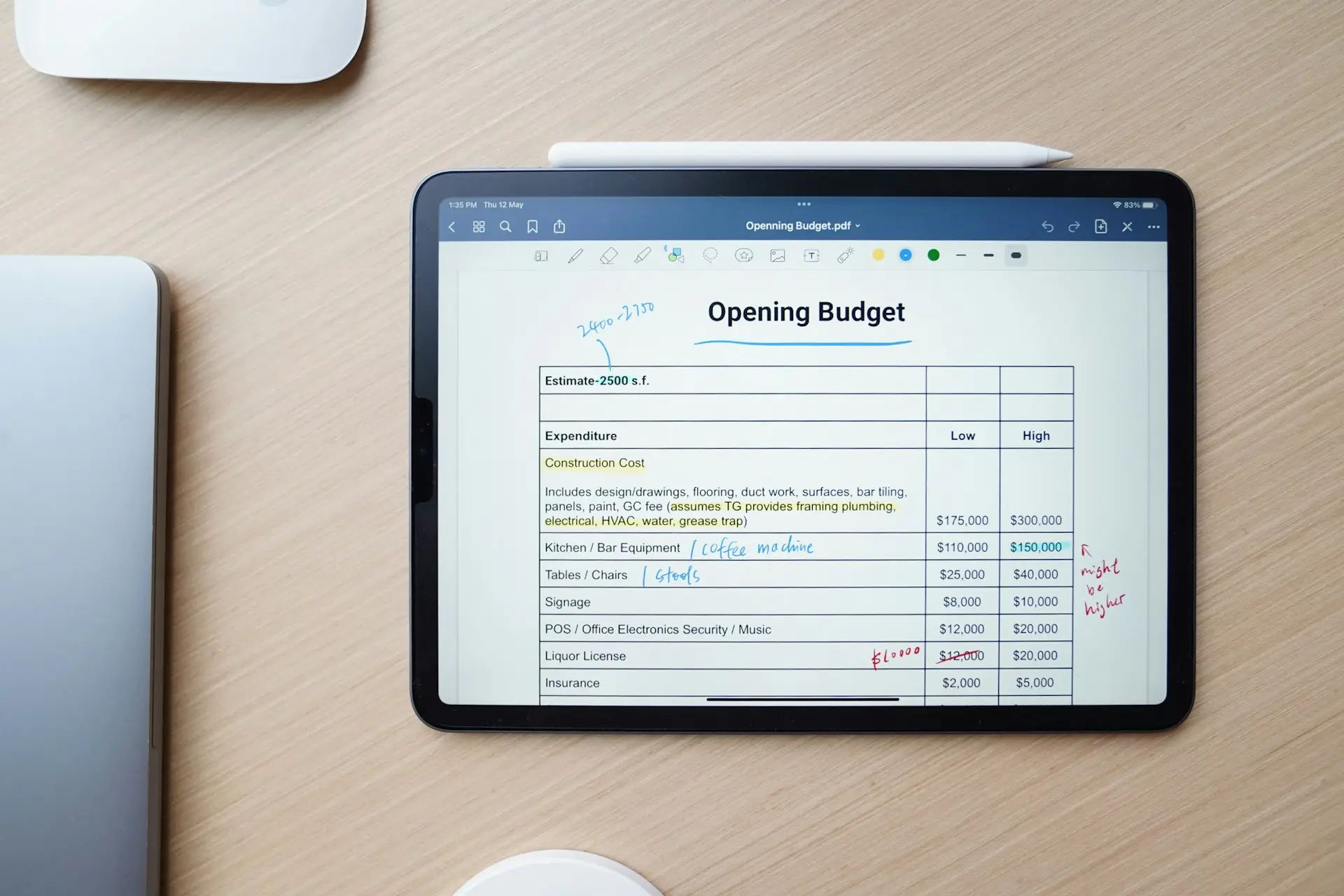Saving $500 a month may sound daunting. Still, it’s much more achievable than you think—especially if you break it down into actionable steps and smart habits. In 2025, with rising costs and new ways to track spending, anyone can cut costs without making life feel restrictive. Below, you’ll find a detailed guide packed with fundamental strategies, examples, and tips to help you discover an extra $500 each month.
Why $500 Makes a Difference
$500 a month is $6,000 a year—a sum that can turn debt payoff, emergency savings, or an investment account from dream to reality. It’s not just about cutting back; it’s about optimizing how you live and spend every day. Whether you earn a lot or a little, these strategies can work for almost anyone.
1. Assess and Track Your Spending
Before saving, it’s essential to understand where your money is going.
- Set a Daily or Weekly Goal: Instead of trying to save $500 in the abstract, aim for $125 a week or roughly $17 a day. Use an app or a journal to check your progress.
- Review Your Budget: Take a look at your credit card and bank statements for “money leaks”— recurring charges you may have forgotten, impulse purchases, or overpriced subscriptions that you may no longer need.
- Start Simple: Use free budgeting tools like Mint, Goodbudget, or even a basic spreadsheet to categorize expenses and find savings opportunities.
2. Cut Non-essential Expenses
Most families tend to overspend in areas where they could easily save money. Here are some places to consider:
- Dining Out: Swapping restaurant meals for home cooking easily saves $200+ monthly. Limit takeout to once a week, and pack lunches for work.
- Entertainment: Use free or low-cost streaming instead of multiple paid services. Check out community events, local parks, or libraries for entertainment that costs less.
- Subscriptions: Audit and cancel unused memberships (magazines, gyms, apps). Combine streaming services or share family plans.
Typical monthly savings by cutting back on dining and entertainment: $150–$250.
3. Optimize Your Grocery Spending
Going to the supermarket without a list can very quickly blow your budget. You can easily avoid overspending in this area by:
- Planning Your Meals: Plan your meals weekly and stick to a shopping list. Use store apps for digital coupons.
- Shopping in Bulk: You can purchase staples in bulk, freeze leftovers, and join wholesale clubs for further savings.
- Buying Generic: Switch brand-name items for generics. Often, you can save 25–50%.
Typical monthly savings: $100–$200.
4. Reduce Your Utility Bills
Making small changes to your utility usage can create a significant impact:
- Lower Energy Use: Swap to LED bulbs, unplug electronics, and adjust your thermostat by a few degrees.
- Water Savings: Fix leaks, install low-flow fixtures, and run full dishwasher or laundry loads.
- Negotiate Bills: If you haven’t compared providers recently, call and ask about competitive offers or bundled discounts.
Monthly savings: $30–$70.
5. Rethink Transportation Costs
Car expenses are rising, but you can fight back:
- Public Transit or Carpooling: Use transit just once a week, and you’ll see $20–$40 in savings per month.
- Drive Smarter: Maintain tire pressure and follow regular car maintenance schedules to improve fuel efficiency.
- Ditch or Share: Sell your second car, use ride sharing, or bike for quick trips.
Potential monthly savings: $40–$100.
6. Shop Smarter and Use Cash-Back Opportunities
Spending less doesn’t mean going without:
- Shop Sales and Use Promo Codes: Wait for sales, use browser extensions for coupons, and price-check before buying.
- Cash-Back and Reward Apps: Sign up for Rakuten, Ibotta, or your credit card’s cash-back program.
- Buy Used or Refurbished: Electronics, clothing, and furniture are often deeply discounted when bought gently used.
7. Automate Your Savings
Treat your savings account like you treat your monthly bills:
- Automatic Transfers: Set your bank to transfer at least $17/day or $125/week directly to your savings account.
- Round-Up Apps: Use apps that round up purchases to the next dollar and save the spare change. Over time, these micro-savings add up.
- Employer Programs: Check if your employer offers automatic payroll deductions or matches for savings.
8. Lower Insurance and Medical Costs
Insurance is necessary, but you can always find ways to negotiate rates:
- Shop Around: Compare quotes for car, home, and renters insurance annually.
- Health Savings: Use generic prescriptions, telehealth visits, and preventive care options to reduce medical bills.
- Flexible Spending Accounts: Take advantage of these if your employer offers them. They allow you to use pre-tax dollars for medical and dependent care expenses.
Potential savings per month: $50–$80.
9. Avoid Impulse Spending
Most “leaks” happen with impulse purchases.
- Wait 24 Hours: Delay all non-essential spending by a day. Often, the urge passes.
- Unsubscribe from Store Emails: Reduce temptation by cutting down “sale” and “limited offer” messages.
- Set Spending Alerts: Use your bank’s notifications as a digital accountability partner.
10. Use Financial Challenges and Community Support
Make saving fun!
- Savings Challenges: Try the “No-Spend Week” or “$5 Savings Challenge” and gamify the process.
- Get Accountable: Set up a weekly touchpoint with a friend or family member who would be happy to support you. Use Facebook groups, Reddit (r/frugal), or local clubs for tips and motivation.
11. Leverage High-Yield Savings Accounts & Micro-Investing
Make your money work for you:
- High-Yield Savings: Keep your emergency savings in an account that earns interest—some online banks offer rates 10x higher than traditional banks.
- Invest Spare Change: Use apps like Acorns or Stash to invest small amounts. $500 monthly invested can compound over time, growing your financial cushion.
Action Plan: How to Start Today
- Step 1: Review your last 30 days’ spending in detail. Highlight every non-essential expense.
- Step 2: Choose three areas to cut first (dining out, subscriptions, entertainment).
- Step 3: Set up one automation—either a daily transfer to savings, a round-up app, or a weekly “no-spend day.”
- Step 4: Track your progress and reward yourself at the end of each month—small celebrations anchor your new habits.
FAQs: Saving $500 a Month
Is it realistic for everyone?
Most households, even those earning under $50,000, overspend in at least three areas. With focused effort and more intelligent choices, $500 is within reach for many.
How soon will I see results?
Most people notice a difference in the first 2–4 weeks, especially if they automate savings and cut obvious leaks.
What if I can’t cut any more from my budget?
Look for ways to increase income (side hustle, sell unused items) and reinvest for future savings.
Conclusion
Saving $500 a month transforms more than your bank balance—it can free you from financial stress, provide security, and help you reach new goals. By following these steps and making consistent, mindful choices, you’ll not only achieve your savings target but also develop habits that last a lifetime. Start small, track your wins, and watch the progress pile up month after month.
Ready to take action? Try out the budgeting apps, cash-back tools, and financial challenges mentioned above—and share your progress in the comments!
Learn more and sign up for exclusive money-saving guides, product reviews, and innovative finance hacks on our blog every week!




